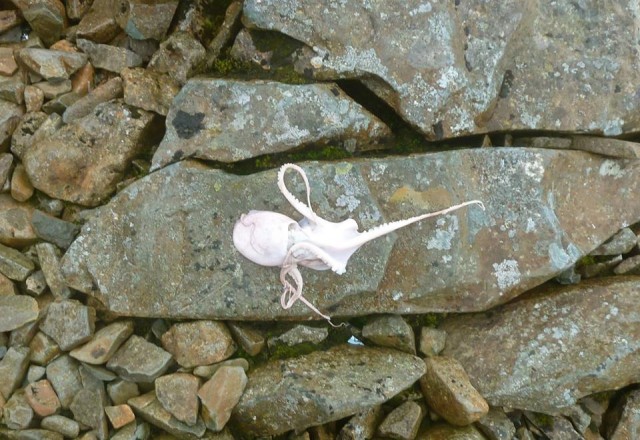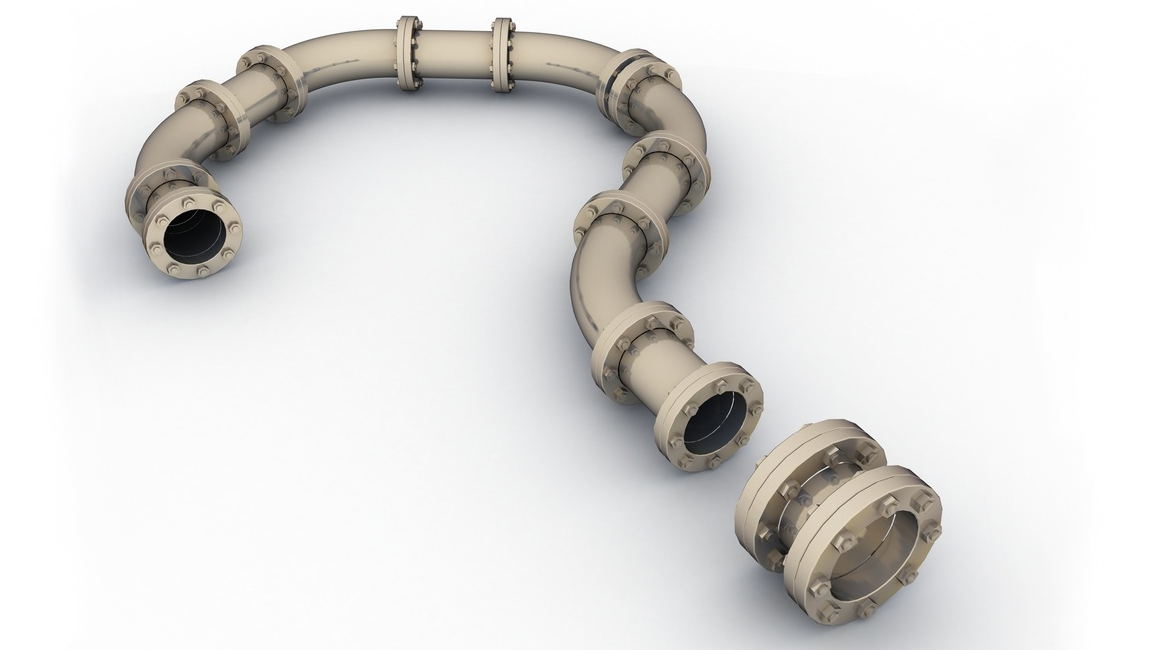You might think that one would need to know the precise route of a huge planned pipeline in order to assess its environmental impacts. But the State Department apparently disagrees.
Thomas Bachand has been trying to find out the precise route of Keystone XL for his Keystone Mapping Project. When he submitted a Freedom of Information Act request to the State Department, which is responsible for assessing Keystone, it responded with a big shrug of the shoulders. From the department’s June 24 letter to Bachand:
[T]he Department does not have copies of records responsive to your request because the Environmental Impact Statement for the Keystone pipeline project was created by Cardno ENTRIX under a contract financed by TransCanada Keystone Pipeline LP, and not the U.S. government.
Neither Cardno ENTRIX nor TransCanada ever submitted GIS information to the Department of State, nor was either corporation required to do so. The information that you request, if it exists, is therefore neither physically nor constructively under the control of the Department of State and we are therefore unable to comply with your FOIA request.
DeSmogBlog lists some of the important questions left unanswered because we lack the specific route info:
Where will KXL intersect rivers or cross ponds that provide drinking water? What prized hunting grounds and fishing holes might be ruined by a spill? How can communities prepare for possible incidents?
This isn’t the first time Bachand has been blocked in his efforts to map the proposed pipeline. From his blog:
Last year when I requested the data from TransCanada, I was told that releasing it would be a “national security risk.” Despite this, TransCanada only carries $200 million in third party liability insurance. By contrast, cleanup costs for the 2010 pipeline spill in Kalamazoo, Michigan are $1 billion and climbing.
How very thoughtful of TransCanada to be concerned about risks.





